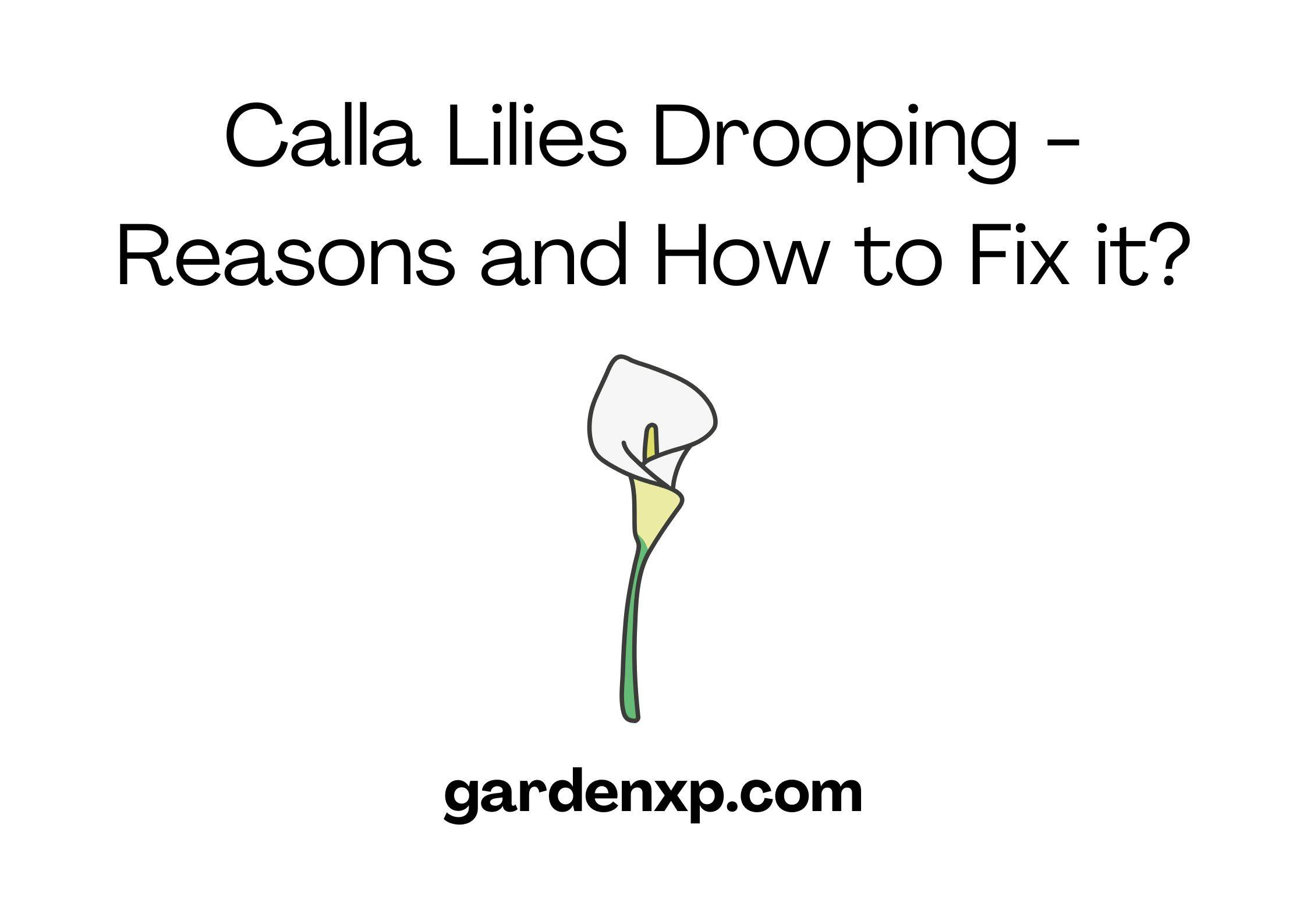Why are my Basil leaves turning Brown? (Reasons & How to Fix it?)
Why are my Basil leaves turning Brown? If you are also worried about your basil plant then there is no need to worry as in this article we will be guiding readers on why the browning of basil leaves occurs and how you can heal them or fix this problem with the help of Reasons and solutions.
Quick takeaways:
- Healthy Basil has a beautiful chartreuse green or purple color.
- The leaves look bouncy and full, so the taste feels amazing.
- Pesto, a famous paste made in many countries, is also made from the key ingredient basil.
- Basil plants need care and changes in environmental conditions can get them affected.
- The change can be anything like an attack of pests, weather change, disease, etc.
Have you noticed some brown spots on your basil plant, need not worry they are not about to die if it’s not too late? There are various causes behind the yellowing of the basil leaves such as overwatering of the plant, excess supply of sunlight, and many more.
Take a keen look at the leaves of basil, and check for something wrong as early as possible to save your plant from dying.
Why are my Basil leaves turning Brown?

1. Not giving enough water
The basil, whether planted in a pot or garden, needs water about an inch a week. The basil plants in the pot again want water as soon as the soil gets dry. You need to take a look at the soil if it is moist or has gone dry.
When the basil plants are not getting water ‘as per need’ they indicate such an issue by wilting the leaves or changing the color of leaves, usually yellow or brown. The leaves when getting dry, and the pigments in them also get dried off with water disappearing via evaporation, brown-colored spots start to appear on basil, or leaves simply turn brown.
How to fix this?
- The soil is moist and if you waste them that can lead to fungal infection.
- Always look for the dryness of the soil and then water the plants.
- Also if the surface of the leaves feels dry to touch( finger test), it’s time to water the basil plant.
2. Pests
Though it is rarely seen that the basil leaves get infected by pests as they are quite hardy plants and insects, another hand might find some food from basil plants. Insects like spider mites, thrips, scales, bugs, and aphids usually harm the basil leaves. These insects make the basil leaves look dull and lifeless which turn brown as they feed on the sap of basil leaves.
The basil leaves can get affected by pests both on the upper and lower surfaces. Another indication of the attack of pests and insects is the formation of yellow stripes or yellow-colored leaves.
How to fix it?
- Spray some insecticidal organic oil on the leaves. You can use some specialized soaps that kill them.
- Many big insects like ladybugs and wasps that feed on these tiny culprits can be used to eradicate these pests.
- Keep checking the leaves on a daily discoloration or yellow spots over the leaves.
3. Giving too much water
Yes, you love your plants and parents don’t get done with feeding their kids. But too much watering of your plants can harm them. So is the case of basil plants. When the basil leaves are getting overloaded with water, they start to turn brown. The basil plant also gets rot on the root portion when they are overwatered.
Whether the water is drained well in the soil, but you are watering even if the soil is yet moist can be considered overwatering. The soil should be moist, well-drained, and not soggy, which can cause wilting, change of color, fungal infections, and rotting situations.
How to fix it?
- If the top inch of soil feels dry you can water the basil plant otherwise you need to wait
- In the pot, make sure the drainage holes are enough for proper drainage
4. Diseases
The reason that your basil plant leaves are turning brown might be due to some kind of disease. Usually, the basil gets diseases like fusarium wilt, verticillium wilt, fungal diseases, Colletotrichum, downy mildew, and Cercospora leaf spot.
How to fix it?
- Damping off the plant parts or leaves, especially in the case of verticillium wilt or fusarium wilt
- Using Fungicide
- Avoid overwatering
- Provide good spacing
5. Inappropriate amount of sunlight
The basil plants need at least 6-7 hours of sunlight in 24 hours. Partial to full sunlight is appropriate for the basil plants. If the basil plant is planted in the garden, the direct sunlight it can tolerate is for 4 hours, it should get shade during the day as well(afternoon time is best).
In the case indoors, the indirect light should be reaching the basil plant for 12 hours a day. Basil plants not getting enough sunlight can also turn the leaves yellow or brown as in the case of mint leaves. .
How to fix it?
- Keep the plant near a south-facing window
- Move the plant to a sunny spot where they get full sun
- Use grow light indoors if the light doesn’t reach the plant well.
6. Sudden temperature fluctuations
Frost and cold weather conditions highly affect the basil plants. The leaves start to turn brown such as in the case of spider plants when the plants are tolerating too low temperatures for a long time. Basil plants are tropical plants and love warm temperatures and weather, especially mature basil plants.
The temperature if it gets below 50 degrees Fahrenheit affects the basil plants. Also, the extremely hot weather can affect the basil plants, and the mid-day harsh sun also affects the plants.
How to fix it?
- You can move them indoors
- If a plant is potted, take them to a shady spot in the afternoon sun.
- Make sure the soil stays warm even at night.
7. Fertilizer
Basil doesn’t need much fertilizer. They grow well in normal soil that is not overly rich in nutrients. The pH of the soil for healthy basil should be slightly acidic to neutral.
The tender leaves of basil will turn yellow when the plants are getting too much nitrogen and acidic soil. Other than this, wilting, and burned leaves are other symptoms that are seen in such cases.
How to fix it?
- Stop overfeeding the basil plants
- Feed them once a month or after two months.
8. Replanting shock
The basil plants are sensitive to replanting shocks. The plant shows stunted growth and brown dull dead leaves when they are getting transplanted too much. The plant will thrive well in a pot as it gets used to its environment. If you keep changing the conditions for the plant they will show fewer healthy leaves.
How to fix it?
- Choose a good pot and don’t keep changing the pots too much.
9. Suffocating pots
The small pot might not give enough space to fore extending roots to grow well. If the roots get suffocated the plant will eventually die.
The rootbound basil plants will then block the drainage holes of the pot as they have to grow. The basil plant Should be checked, take them out from the pot and notice the root ball and conditions of the roots.
How to fix it?
- The basil plant needs a larger pot than you are using right now.
Wrapping up the context
Basil leaves are yummy and healthy ingredients to add to Italian dishes as well as a few others. You are now updated regarding everything and why your brown leaves were turning brown. You just know what to do now. We hope this article was a help to you and that your basil plant will grow healthy. Just understand the facts that we shared above and how to fix them. Happy planting!
FAQs
1. Can I use brown basil leaves in pesto?
The basil leaves that have turned brown can still be used in dishes as they might get a little bitter and look weird but they do have a healthy quality as other leaves. You should not use basil leaves if they are too slimy and brown. Other than this, don’t serve that to the guests if you are up to giving a good presentation.
2. Are brown basil leaves safe to eat?
Brown basil leaves having spots still can be taken in food as they still have their signature fragrance and yum taste, you might get a slightly bitter taste, yet they are safe to eat.
3. What does overwater basil look like?
The appearance of yellow leaves or brown leaves is an indication that you are overwatering your basil leaves. Let the soil get dry before you water the basil plant.
4. Why are my basil leaves drying out?
The basic symptom of drying leaves is wilting of leaves. The wilting usually occurs whether the soil gets too dry or the soil stays wet too long. So, you need to take a look at the soil’s one-inch top layer whether it’s too dry or too wet.


